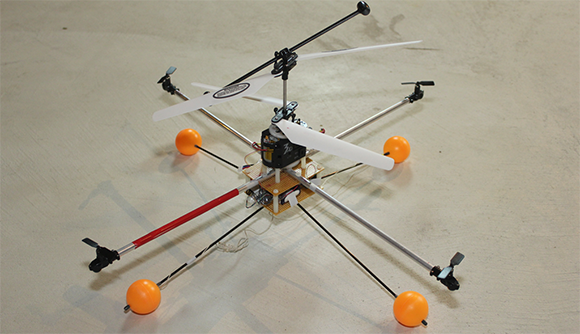
Before it became the darling of circuit benders the world over, the Speak & Spell was a marvel of modern technology. Complete with a microprocessor and voice synthesizer, the Speak & Spell was able to speak a limited vocabulary that [Furrtek] thought should include words such as, “al qaeda”, “necrosis”, and “butt”. The Speak & Spell included an expansion port for cartridges containing a larger vocabulary, and with a huge amount of effort [Furrtek] created his own Speak & Spell carts that allow it to talk like a sailor.
The Speak & Spell ROMs were stored on a very strange memory chip; instead of a parallel or serial interface, the chip reads five nybbles at a time before returning the saved data. At first, [Furrtek] thought he could get an ATtiny microcontroller, but the way this memory chip is set up made it impossible to send and receive data even on a 400kHz I2C bus.
The project eventually found some decent hardware in the form of a CPLD-based cartridge that was more than fast enough to interface with the Speak & Spell. After that, it was only an issue of converting words into something the speech synth can understand with some old Windows 3.1 software and finally burning a ROM.
The end result is a Speak & Spell with a perverse vocabulary and is much, much more interesting than a circuit bent piece of hardware with a few wires crossed. Check out the video after the break.
Continue reading “Teaching The Speak & Spell Four (and More) Letter Words”











